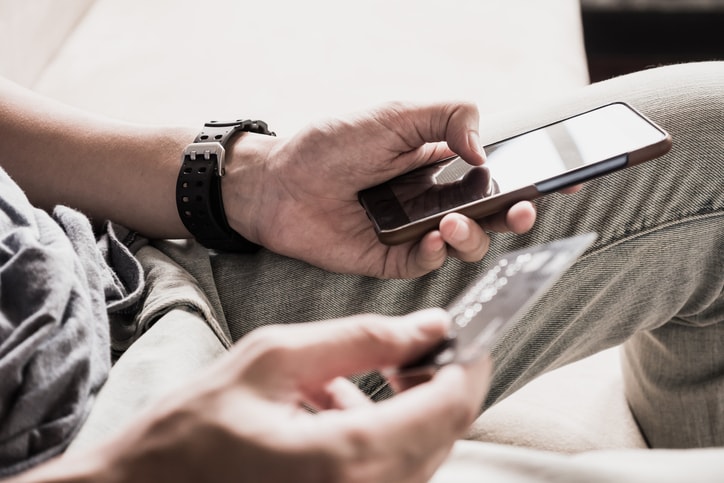By Jasmine Williams
It is understandable you want to take advantage of the potential profitability associated with impulse buying. However, with many products for impulsive buyers to choose from in a moment’s notice, you need to develop a great strategy to appeal to this type of buyer and to win their immediate attention. These helpful tips will help you to position your marketing to profit more fully from impulsive buyers.
Build a Recognizable Brand
When impulsive purchases are made, customers reach for a brand that they recognize and trust. Impulse buyers rarely compare the options fully or conduct research. Instead, they act spontaneously and subconsciously by selecting a brand that is familiar and pleasing to them.
If your brand is currently new or relatively unknown, you must actively take steps to improve your customers’ familiarity with it, if you want to take advantage of the impulse buyers market segment.
Even when you have a great brand image developed, your marketing should focus on retaining loyalty and continuous brand development. It should express a desirable image, high quality and exceptional features. Remember that satisfied customers can help you to boost sales through word-of-mouth advertising, so always focus on pleasing each customer.
Have a Rockin’ Web Design
Both the website’s speed and the shopping process should be simplified and straightforward. In addition, the payment process should be fully optimized for speed and ease.
Because most online impulse purchases are made through a search of products in a category rather than for a direct search for a specific product, create a website that has products broken down into useful or practical categories.
While your website needs to be ideal for laptop and desktop users, it also should be optimized for viewing and purchases on mobile devices. For all types of designs, conduct thorough user tests and complete surveys so that you can learn more about the buyer’s online experience. This feedback can help you to make more educated website design decisions going forward.
Use Social Media
Although social media is not usually used for shopping, it can drive the need for your products through social proof. Moreover, it can successfully be used to develop your brand image. When using Facebook and Twitter, consider incorporating unique and relevant hashtags into your marketing efforts.
You can also use well-known influencers to expand your reach through social media marketing. An excellent example involves Grace Helbig’s promotion of Audible’s online book service. Helbig has more than three million social media followers, and she provided them all with a special offer to receive three free ebooks from Audible to get them started with this service.
Be Aware of Your Buyer’s FOMO
FOMO describes a buyer’s fear of missing out, and it relates to the social pressure some people may feel to buy products that their friends are already using on a regular basis. When a potential customer feels vulnerable or left out, they may be easy to convince to make an impulsive buying decision. After all, they do not want to miss out on the experiences and benefits that a specific product could provide to them.
Luxury brands and antique dealers have a unique opportunity to take advantage of FOMO in a different way. These types of businesses can position their products as being unique in the marketplace, and they appeal to a customer’s desire to have an original or one-of-a-kind item that their friends do not have.
Sales, Promotions
A key factor that can spur an impulsive buying decision is a sale or special offer. Many consumers have a strong desire to save money, and this can be enhanced by the desire to get a better deal than other people got for the same product. If you are trying to increase traffic to your website or even get rid of last season’s inventory, discounts and promotions are great options to consider.
There are some extra steps that you can take to spur impulsive purchases. For example, if you are selling online products, consider offering free shipping to your customers. This can add value overall to a shopper’s buying experience, and it could prevent them from thinking about buying a product in a local store to save money on shipping. You may even be able to boost sales further by suggesting additional items with each purchase. Cross-merchandising in this way is a great way to increase profits from impulsive buyers.
It is important that you fully understand all potential buying processes, and one of the key processes relates to impulsive purchases. To maximize revenue, you must take specific steps to take advantage of and even to encourage impulsive buying decisions from your customers. By refining your focus in these areas, you may be able to boost profits from impulse shopping.
Jasmine Williams covers the good and the bad of today’s business and marketing. She was rummaging through her grandma’s clothes before it was cool and she’s usually hunched over a book or dancing in the kitchen, trying hard to maintain rhythm, but delivering some fine cooking (her family says so). Tweet her @JazzyWilliams88







